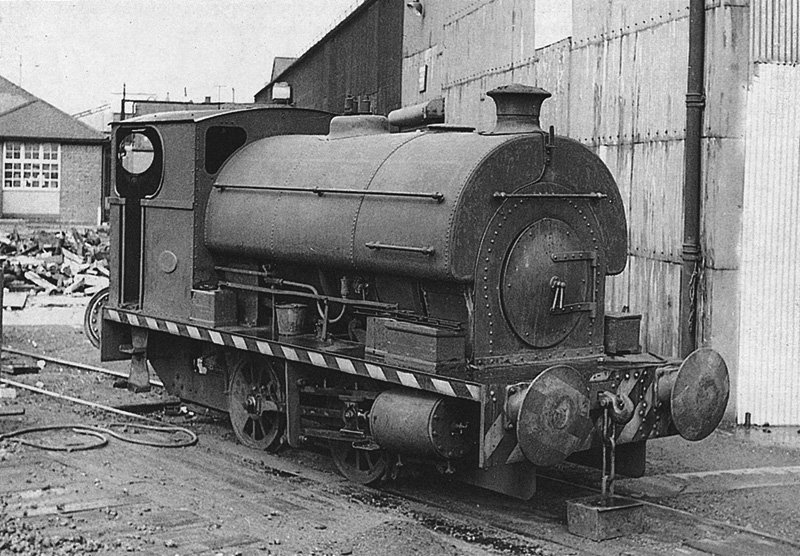Great Western Railway Engine Sheds
great western railway engine sheds
British railways shed codes were used to identify the engine sheds that its locomotives and multiple units were allocated to for maintenance purposes. the former london, midland and scottish railway (lms) alpha-numeric system was extended to cover all regions and used until replaced by alphabetic codes in 1973.. Didcot railway centre is a former great western railway engine-shed and locomotive stabling point located in didcot, oxfordshire, england, which today has been converted into a railway museum and preservation engineering site.. Great western railway engine sheds. select a station or subheading to view associated images. numbers in [brackets] specify the number of photos on each page..great western railway engine sheds Overview. wolverhampton works, located at gorsebrook, north of wolverhampton centre, became the workshop of the northern division of the great western railway in 1854 under joseph armstrong who had been in charge of maintenance for the shrewsbury and chester railway at saltney.the first 7 ft (2,134 mm) brunel gauge line arrived at wolverhampton and the running shed was rebuilt.. As part of their joint-purchase of the s&hr, the great western railway and the london and north western railway agreed to build a new six-road shed on the same site, designed using lnwr architecture principles, utilising the original s&hr shed as a wagon repair depot. in 1877 the lnwr built a new ten road shed of their own to the south of the.
